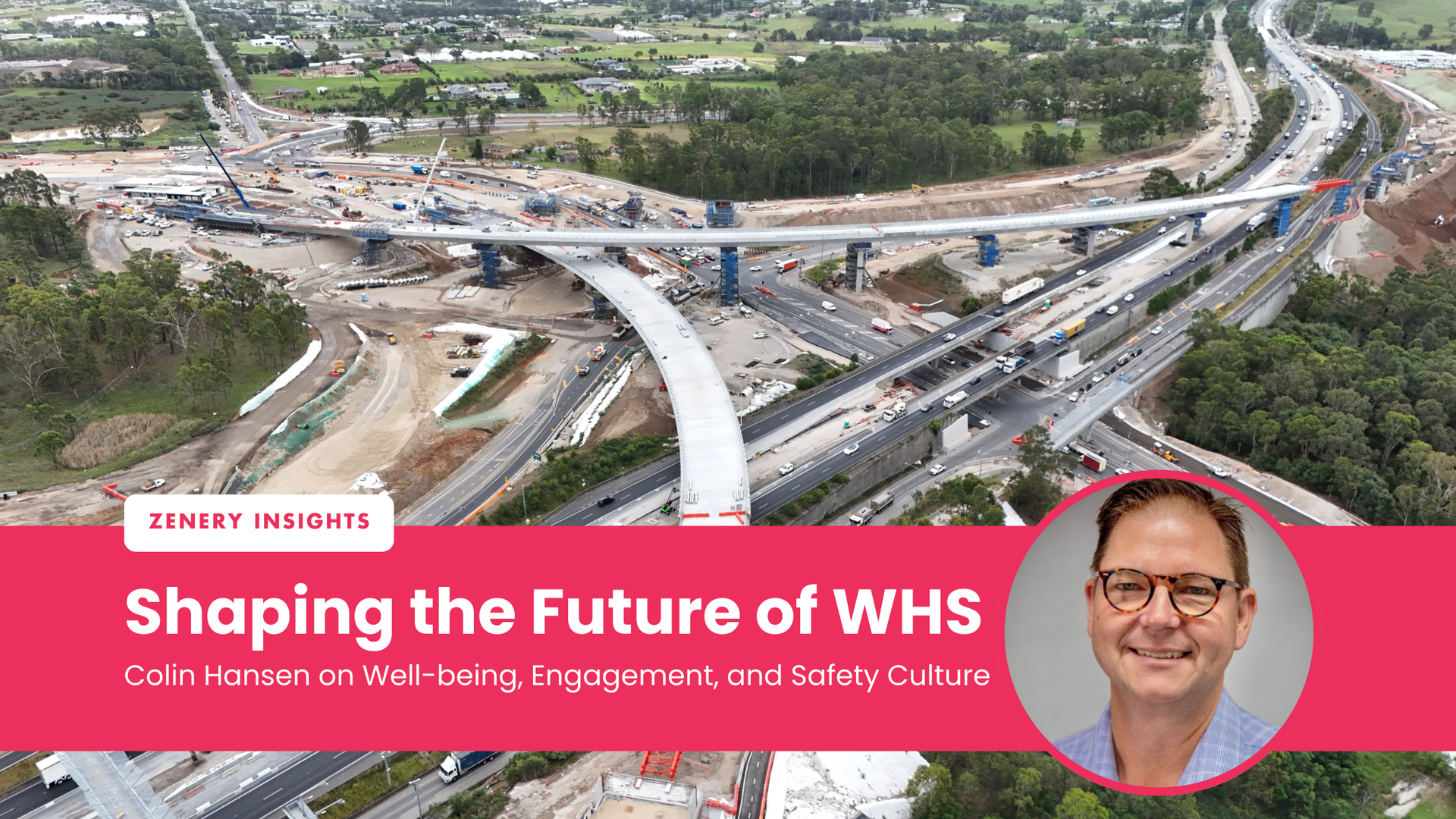What to do if a WHS inspector comes knocking
What are the powers of workplace health and safety regulators? What should you do (and not do) if there is an incident at your workplace and an inspector arrives?
The rights and roles of each party were explained in a seminar conducted by the Australian Human Resources Institute (AHRI) in Sydney recently.
Note: The presentation was based on the requirements of the NSW Work Health and Safety Act 2011.
Responding to incidents
The first priority is the welfare of the person involved, who may require first-aid or medical attention. Once that happens, if the incident is a notifiable one (as defined in the Act), the following steps are required:
- If required, notify emergency services or ambulance.
- Notify the regulator as soon as possible afterwards and by the quickest method, eg phone call, email.
- Do not disturb (eg clear up) the incident site before the regulator arrives.
- Provide written notice to the regulator(s) within 48 hours. There may be more than one (Safe Work NSW, Comcare). Notify only facts, not speculation.Note that a regulator is a crime investigator and has prosecution powers under the Act. (Also note: Queensland and The ACT have industrial manslaughter legislation in force, and the Victorian and Western Australian governments have promised to introduce it.)
Mental health incidents
For some organisations, such incidents are considered the biggest health and safety risk, but legislation is not always clear on notification requirements.A suicide at work is obviously notifiable. So would be one outside work if it was linked in some way (eg the employee left a note that mentioned workplace bullying). A breakdown that resulted in hospitalisation would also be notifiable.
Role of inspectors
The presenters said that Safe Work NSW is now focusing on “non-traditional” industries as well as traditional ones such as mining. For example, it is paying greater attention to office-based issues such as psychological injury, bullying and violence, but the presenters suggested it may not have as great an understanding of these issues and workplaces.Inspectors don’t only respond to incident notifications. They can also act on their own volition and respond to complaints about safety and welfare issues.
What inspectors can do
Sections 163 and 164 of the Act set out the specific entry powers of workplace inspectors.
Employers should:
- verify their identification
- appoint a “shadow person” to accompany them
- notify PCBUs and WHS representatives of their presence
- raise any potential conflicts of interest, for example if an inspector is a relative of an employee
- notify any concerns about confidentiality, eg potential public disclosure of information to competitors – provided they are genuine. Inspectors can photograph confidential material but not disclose it to others.
- ensure any witnesses to be interviewed are aware of their rights. Those rights include: privilege against self-incrimination (don’t have to answer a question if it would expose him/her to possible conviction), what the witness is compelled to answer, provision of a support person, and conducting interviews in private.An employer can require an inspector to comply with on-site safety procedures, such as completing a safety checklist, or even alcohol/drug testing.
The presenters commented that people generally are more willing to talk to police than regulators and inspectors. However, police are seldom interested unless there is a fatality, and in any case regulators and inspectors can obtain information from them.
Inspectors’ powers on-site
The presenters summarised these powers, which are set out in sec 171 (production of documents) and 172 (protection against self-incrimination) of the Act.Inspectors can ask employees to provide “reasonable help” (such as moving a forklift or truck that an inspector is not licensed to use) and can exercise any power “reasonably necessary” for compliance.
Other important points:
- can require a person to say who has custody of a document (physical or electronic) and require the custodian to hand it over
- can make copies of or take documents that the inspector reasonably believes is evidential
- must issue a receipt for each taken item
- can remove or restrict access to potentially hazardous items.A person who is interviewed can be required to give an opinion or speculate about something. If so, the interviewee should clearly state that it is only his/her opinion and that he/she is not authorised to speak on behalf of the employer. “Don’t know” or “do not recall” are legitimate answers, if they are correct. To close a loophole that some employers had been using (“we didn’t authorise him/her/that”), inspectors now require the employer to state that a person is authorised by it to provide documents, sign notices, etc.
An interviewee can also refuse to answer if he/she is psychologically unwell or has a genuine concern about possible prosecution.
Employers should explain clearly to interviewees what their legal obligations and rights are.
Inspectors’ powers on-site
Section 155 of the Act sets out powers relating to obtaining information. Also relevant are some protections of information set by sec 271.
Improvement and prohibition notices
Improvement notices are covered by sections 191-194 of the Act and prohibition notices by sections 195-197.The presenters commented that regulators can use these notices to make a case for later prosecution. Even if the employer complies with the notice, regulators can claim it was therefore possible for the employer to have complied before the notice was issued. Employers are entitled to request a review of an improvement notice within 14 days of issue if they believe it would be impracticable to implement (eg due to cost or disruption to workplace). Further information Presenters: Scarlet Reid (partner) and Nathan Roberts (associate), McCullough Robertson Lawyers. Further information about this event is available from AHRI.
Originally posted on http://workplaceohs.com.au
Contact Us
Zenergy News







